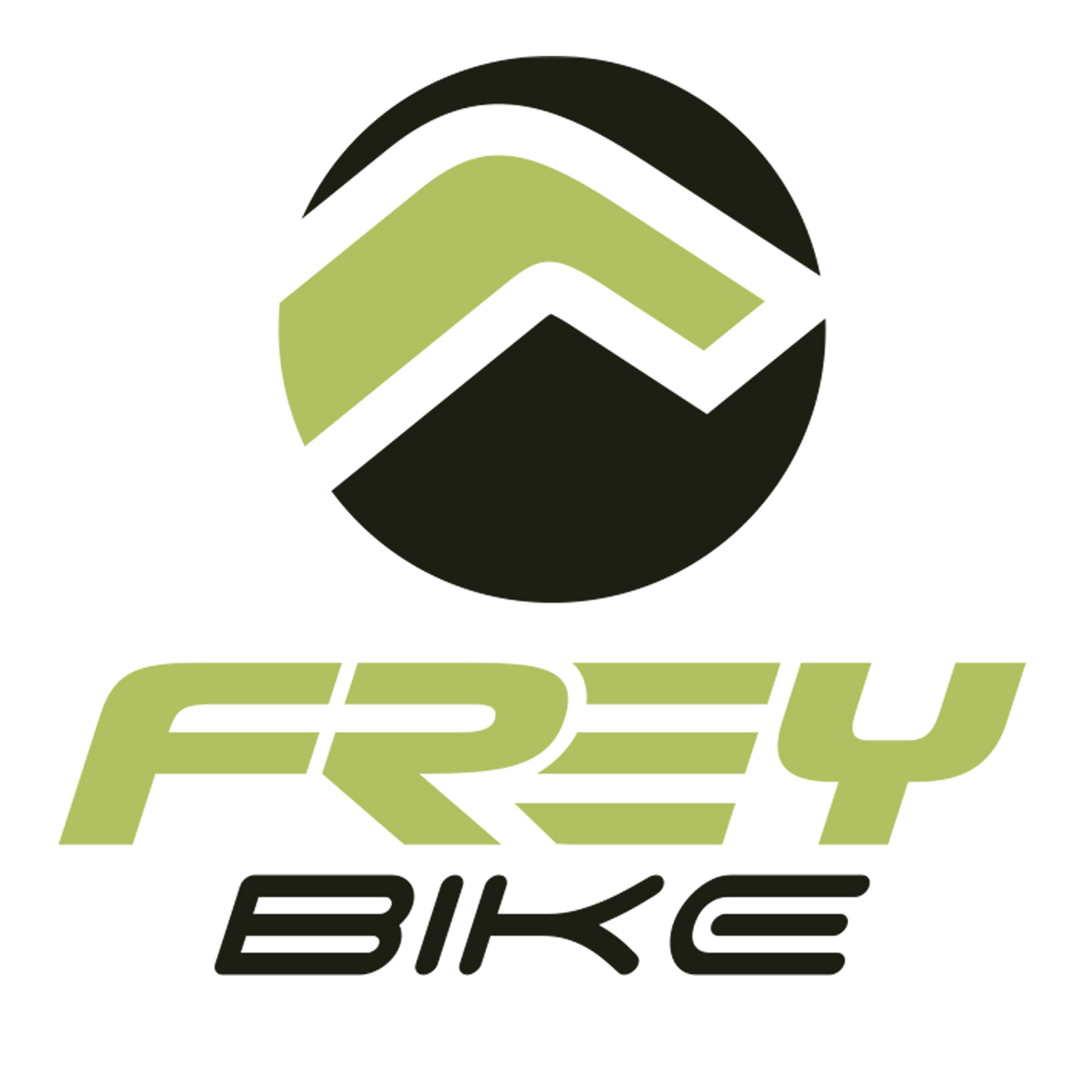 Frey Bike
Frey BikeThe warm spring season is about to begin. Are you ready to go outside and have a ride on your electric mountain bike? In the new year, there are not only cyclists who have lots of experience out there, but also a group of new cyclists. If you want to become a great cyclist, it is necessary to practice and accumulate experience over a long period. With some basic knowledge, beginners can train themselves more effectively and go further and further on the way to cycling.
The most important thing to know is that the structure of the bike is not fixed, the seat, handlebars, frame, and other components need to be bought and adjusted according to different road conditions, and individual physical conditions. A bike that fits poorly can lead to inefficient riding, muscle aches and pains, and general discomfort that might discourage you from riding as long or as far as you want. Learning to tune your bike to its best condition can greatly help you avoid injury and enjoy your ride.

How to choose a good one?
Choosing a bike suitable for your height and weight is a particularly important step. Of course, factors such as frame size and bike construction have a great impact on the level of riding feeling, as well as your height and weight. If you're buying from an offline store, it's best to try riding a bike once and then make the choice based on your experience on the bike.
Saddle fit:
Before riding, the first thing you need to do is to adjust the seat part of your bike to the correct position. Three parts of the seat can be adjusted, including the height of the seat, the angle of the seat, and the position before and after.
E MOUNTAINBIKE Magazine recommends a formula for adjusting seat height: inseam length (distance from inside thigh to ankle)*0.885=distance from the bottom bracket to the front of the seat. Or you can sit on an electric bike, put your feet at 6 o'clock, and the heel is 45° from the horizontal ground. At this time, the angle between the calf and the thigh is exactly 140~145°, which indicates that the height of the seat has been adjusted to the most ergonomic side.

The saddle tilts at an angle when the cyclist sits on it, so adjusting it to be level with the ground is not necessarily the right thing to do. The correct way to do this is to tilt the front of the seat down by 0 to 10 degrees to protect the crotch. The tilt of the saddle determines the pressure put on the cyclist's hands, and the right angle of tilt ensures free rotation of the pelvis while riding.

(source: ebike-mtb.com)
The front and after the position of the saddle will affect your movement and center of gravity on the e-bike. In the "Bike Fit: Optimise your bike position for high performance and injury avoidance", it is recommended to lean back as far as possible. A saddle that is too close to the front wheel will lead to increased pressure on the knee and wear the knee. But unlike road bikes, mountain bikers often move the saddle slightly forward to meet their needs for balance when climbing a hill. Electric mountain bikes that relieve wear and tear on riders' knees can also be adjusted their saddles forward so they can sit on the e-bike more securely when climbing.
Handlebar fit:
The position of the handlebars determines the center of gravity of the upper body, which directly affects the handling of the e-bike. The adjustment of handlebars should be focused on the handlebar stem's length, handlebar width, and angle.

Usually, when riding a bicycle, our body will have a certain degree of tilt. If the handlebar stem's too long or too short, it will lead to the degree of tilt of the body to the extreme, resulting in the hurt of the overall body.
According to professional cyclist Phil Burt, the best angle for the upper body is about 45 degrees, and the best length for the handlebar stem is about 10 to 12cm. However, the specific value should be set according to its conditions.

(source: ebike-mtb.com)
For the width of the road bike handlebars, to reduce the resistance when riding, cyclists would use some narrower handlebars, which width can be roughly equal. However, the situation is completely different when it comes to mountain bikes. Usually, the handlebars of mountain bikes are straight and wide, which can improve the handling ability of the bike. It is recommended that the handlebars should be around 68 to 76cm.
As to the adjustment of the tilt angle of the handlebars, it is the fit of the brake bars. There is no uniform standard, try to put the finger and arm in a straight line, and put the finger on the end of the brake. The adjustment is down when you can brake in time.
Pedal fit:
If you have pain in the soles or ankles, it's probably because your feet are not positioned properly. As shown in the figure below, the axis of the foot is located between the first metatarsal bone and the fifth metatarsal bone, which is the best position to avoid pain and numbness in the soles and improve the efficiency of pedaling.

At the end of the article, we recommend the book "Bike Fit: Optimise your bike position for high performance and injury avoidance", which provides a detailed explanation of cycling posture. Phil Burt, a professional cyclist, introduces the setting method of cycling posture and the adjustment method of different bikes in a comprehensive and detailed way, which is very helpful to improve the safety and comfort of cycling and helping cyclists to have more fun riding.
Again, We sincerely hope you can Free Ride & Enjoy Yourself!
